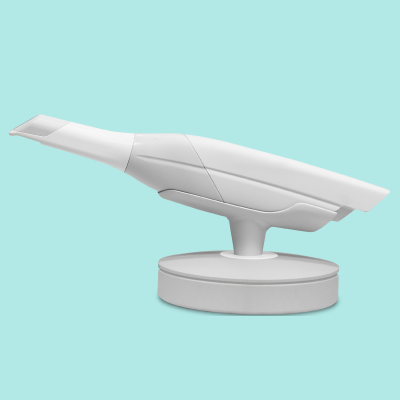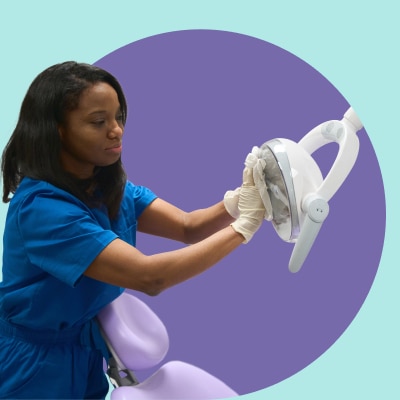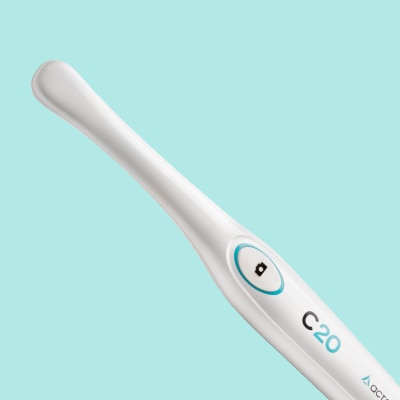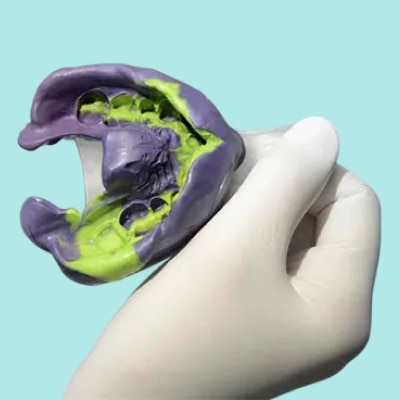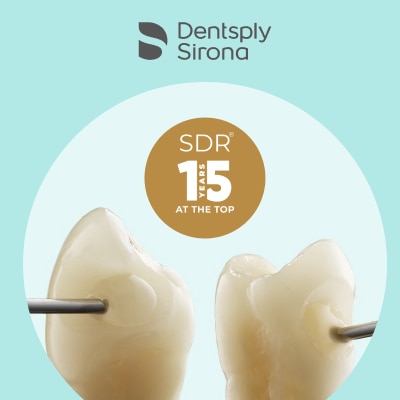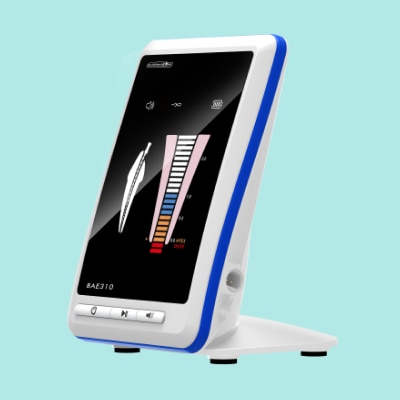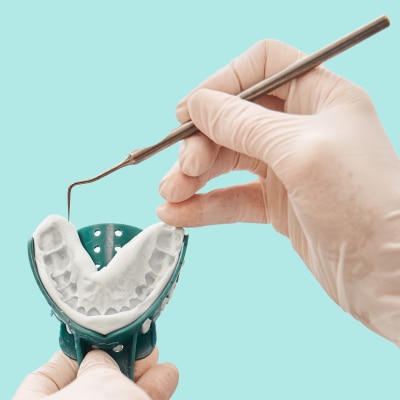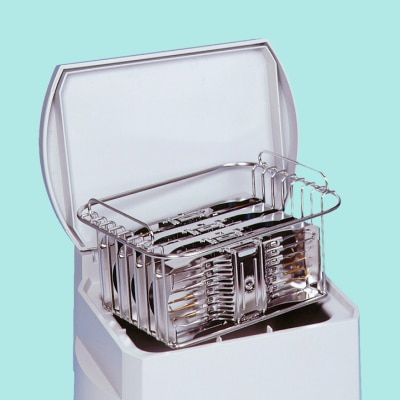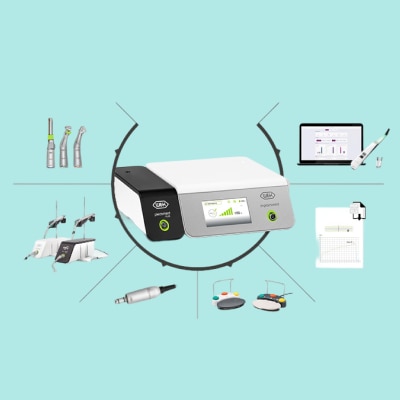Over the past 20 years, computer-aided design (CAD)/computer-aided manufacturing (CAM) has become more common in dentistry
Inlays, onlays, veneers, crowns, fixed partial dentures, implant abutments, and even full-mouth reconstruction are now done using this method that involves milling a dental prosthetic from a bloc or disc based on a digital design.
The advantages of CAD/CAM dentistry can include:
- Single visit treatments
- Patient comfort
- Reduced shrinkage
- Zero porosity
- Lifelike results
Lifelike results
When trying to create a natural-looking restoration, digital prosthetics is an increasingly popular option as even the minutest of details can be processed with the assistance of computers.
But digital design is only part of the equation to achieving lifelike results. Another crucial element is choosing the right bloc or disc and being able to match your prosthetic with the patient’s existing dentition.
One product on the market that places a strong emphasis on this element of the restoration process is the new Grandio disc multicolour from VOCO.
What is Grandio disc multicolour?
Grandio disc multicolour is the latest enhancement in the popular Grandio disc range.
The new multicolour version imitates the colour gradient of natural teeth from the incisal edge to the tooth neck – and that with just three layers.
The special composition of the material is designed to reflect and absorb light to create the particularly intense chameleon effect, which allows the individual layers of the restoration to transition into each other and produces a highly aesthetic colour gradient.
The optical adaption to the neighbouring teeth and the overall aesthetic appearance also benefit from this effect.
Invisible layer technology
The restorative is divided into three layers: one for the incisal area, one for the basic tooth colour (dentine layer) and one for the cervical area.
The colouring of Grandio disc multicolour makes the restoration look vital, which is achieved with just these three layers due to the material properties (invisible layer technology).
Grandio disc multicolour uses the original shade family (e.g., A1 HT, A2 HT) of the Grandio disc (monocolour) to ensure that all products can be combined.
The VITA shade system was chosen for selection of the correct shade: Grandio disc multicolour is available in the six shades A1, A2, A3, A3.5, B1 and C2. The designated shade is the middle layer (basic tooth colour).
Restorations made from Grandio disc multicolour are designed to imitate the natural colour gradient of the tooth from the incisal edge to the tooth neck even without individualisation.
What can Grandio disc multicolour be used for?
Just like Grandio disc, Grandio disc multicolour has a thickness of 15 mm and a diameter of 98 mm.
It is indicated for the manufacture of single-tooth restorations such as crowns, inlays, onlays, veneers and implant-retained crowns.
The discs are processed in milling devices in the same way as with Grandio disc.

